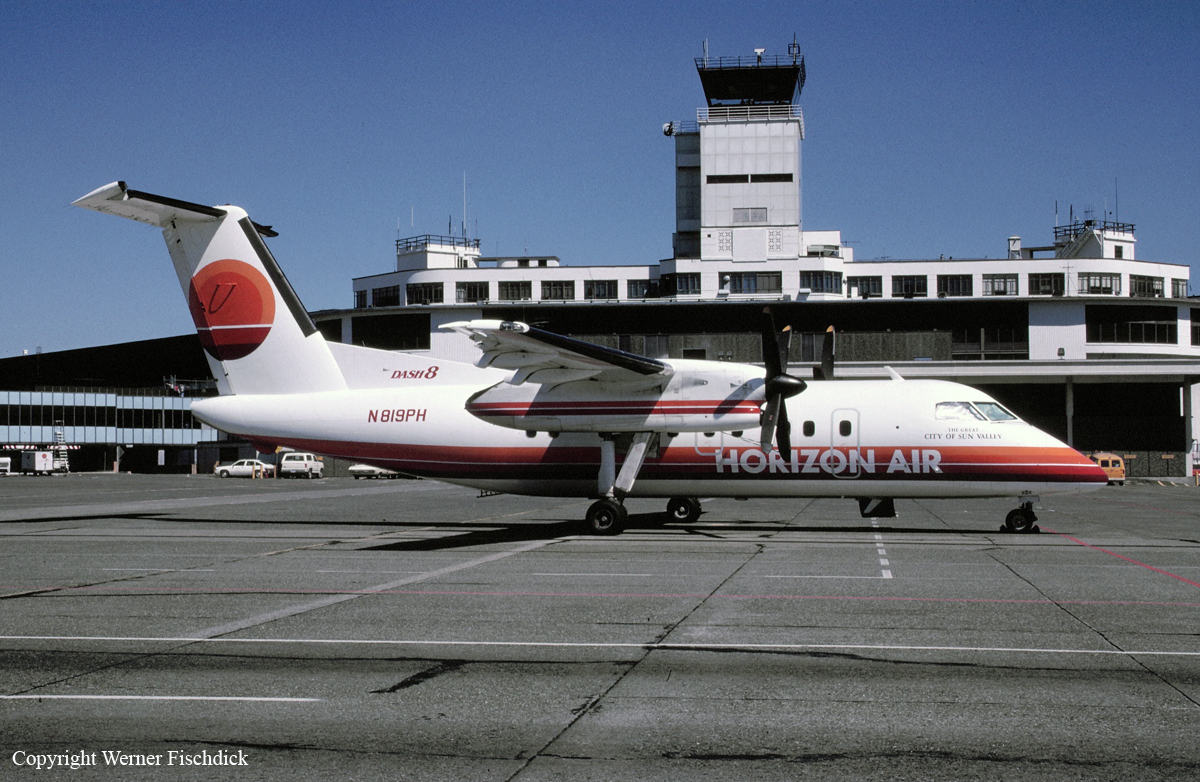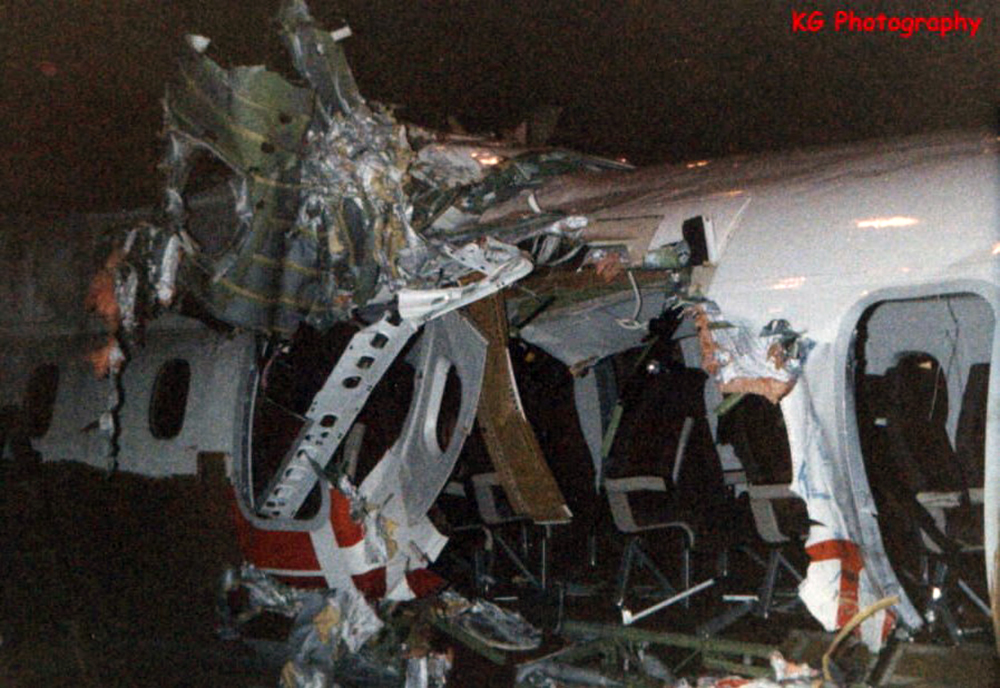Crash of a Douglas DC-3C in Spokane: 2 killed
Date & Time:
Mar 18, 1994 at 0156 LT
Registration:
N3433Y
Survivors:
No
Schedule:
Spokane - Portland
MSN:
43089
YOM:
1947
Flight number:
SAL2991
Crew on board:
2
Crew fatalities:
Pax on board:
0
Pax fatalities:
Other fatalities:
Total fatalities:
2
Captain / Total hours on type:
3114.00
Aircraft flight hours:
37190
Circumstances:
Shortly after takeoff, the copilot reported that the flight was returning with the right engine shut down. Seconds later, the tower controller saw a fire. The airplane collided with level terrain, 3,450 feet from the end of runway 21 in a 75° to 80° nose down attitude. The right engine propeller was found in the feathered position. The left engine indicated evidence that it was producing power at the time of impact. A fatigue crack was found that separated the head from the barrel on the number eight cylinder of the right engine. No other evidence was found to indicate a mechanical failure or malfunction. Both pilots were killed.
Probable cause:
The failure of the pilot-in-command to maintain airspeed. Factors to the accident were: cylinder fatigue, dark night and stall encountered.
Final Report:











